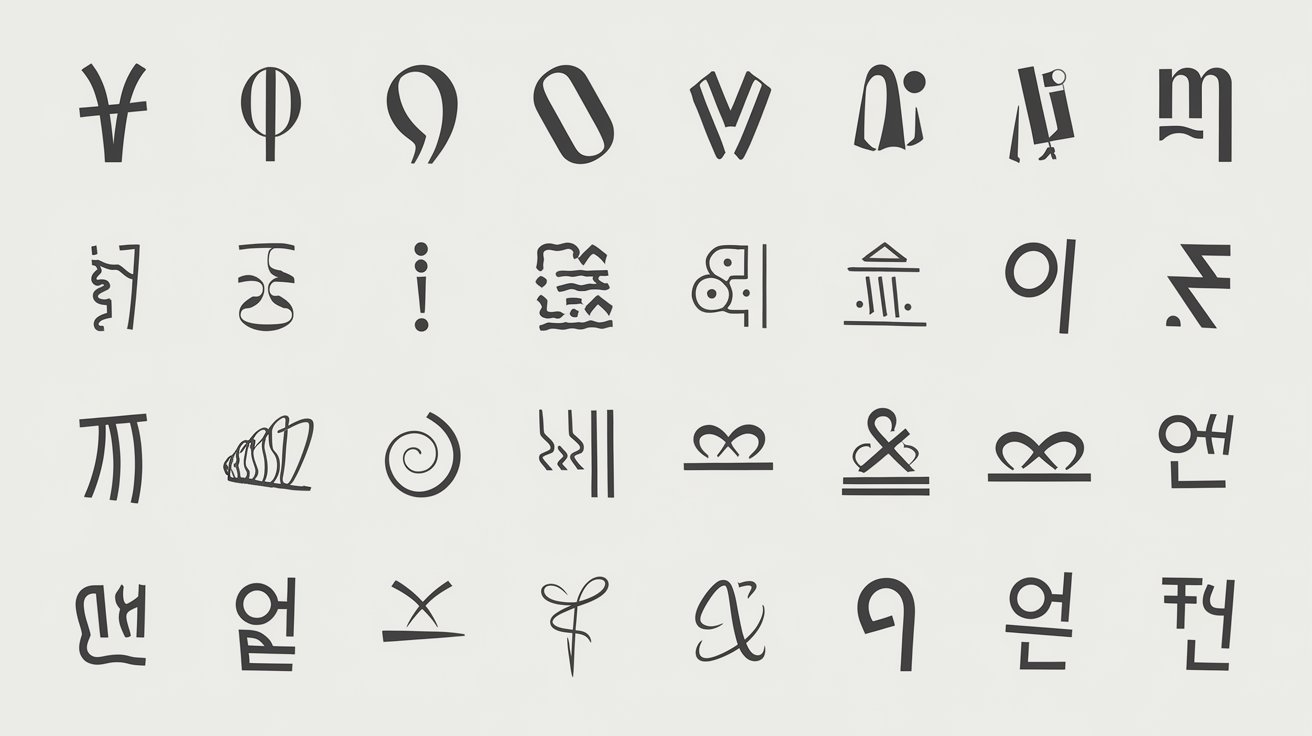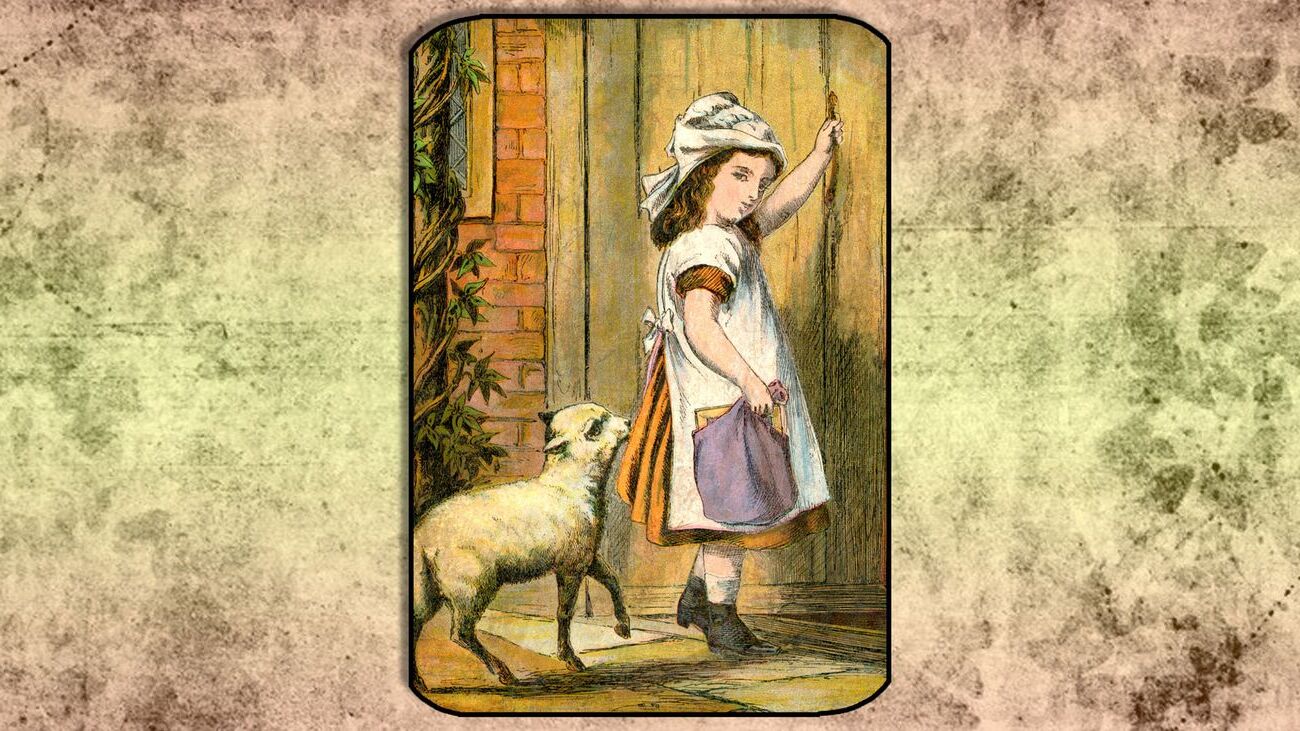
Forgotten alphabets hold a treasure of history and mystery. These ancient scripts, once used for communication, have faded into obscurity over time. Why did these alphabets disappear? Often, they were replaced by more dominant writing systems or lost due to cultural shifts. Some were used by small communities, making them vulnerable to extinction. Others fell out of use as empires rose and fell. Learning about these forgotten alphabets can give us a glimpse into the lives and thoughts of ancient civilizations. From the mysterious Rongorongo of Easter Island to the intricate symbols of the Indus Valley, each script tells a unique story. Let's dive into 30 intriguing facts about these lost alphabets and uncover their secrets.
Key Takeaways:
- Dive into the past with forgotten alphabets! From mysterious Rongorongo to ancient Ugaritic, these lost scripts hold stories of ancient cultures, waiting to be deciphered and understood.
- Uncover the secrets of ancient civilizations through forgotten alphabets. Each script, from Linear A to Ogham, offers a glimpse into the daily lives, languages, and beliefs of people long gone.
Forgotten Alphabets: A Glimpse into the Past
Alphabets have evolved over centuries, with many falling out of use. These forgotten scripts hold fascinating stories and insights into ancient cultures. Let's dive into some intriguing facts about these lost alphabets.
The Mysterious Rongorongo Script
Rongorongo is an undeciphered script from Easter Island. Its origins and purpose remain a mystery.
- Unique Carvings: Rongorongo is carved on wooden tablets, using a technique called "reverse boustrophedon," where lines alternate direction.
- Unknown Language: No one knows the language Rongorongo represents, making it even harder to decode.
- Cultural Significance: Some believe it holds religious or historical records of the Rapa Nui people.
The Enigmatic Linear A
Linear A was used by the Minoans on Crete around 1800-1450 BCE. It remains undeciphered.
- Predecessor to Linear B: Linear A predates Linear B, which was used by the Mycenaeans and has been deciphered.
- Economic Records: Most Linear A inscriptions are on clay tablets, likely recording economic transactions.
- Unknown Language: The language of Linear A is still unidentified, adding to its mystery.
The Ancient Indus Script
The Indus Valley Civilization used a script that remains undeciphered to this day.
- Short Inscriptions: Most Indus script inscriptions are very short, with the longest being only 26 symbols.
- Pictographic Nature: The script consists of pictographic symbols, possibly representing words or sounds.
- Widespread Use: Found on seals, pottery, and tools, indicating its importance in daily life.
The Etruscan Alphabet
The Etruscans of ancient Italy used an alphabet derived from Greek.
- Influence on Latin: The Etruscan alphabet influenced the development of the Latin alphabet.
- Partially Deciphered: While many Etruscan words are understood, the language itself remains only partially deciphered.
- Rich Inscriptions: Etruscan inscriptions include tombstones, mirrors, and pottery, providing insights into their culture.
The Gothic Script
The Gothic script was created by Bishop Ulfilas to translate the Bible into Gothic.
- Biblical Translation: Ulfilas translated the Bible into Gothic using this script, making it one of the earliest Germanic translations.
- Unique Letters: The Gothic alphabet has letters not found in other scripts, tailored to the Gothic language.
- Limited Use: It fell out of use after the decline of the Gothic kingdoms in the early Middle Ages.
The Ogham Alphabet
Ogham is an early medieval alphabet used primarily to write the early Irish language.
- Stone Inscriptions: Ogham is mostly found on stone monuments, often marking boundaries or graves.
- Simple Design: Consists of lines and notches carved along the edge of a stone or piece of wood.
- Celtic Origins: Believed to have been created by the Celts, reflecting their unique cultural identity.
The Phoenician Alphabet
The Phoenician alphabet is the ancestor of most modern alphabets.
- Alphabetic Revolution: Phoenician script was one of the first to use a true alphabet, with symbols representing sounds.
- Widespread Influence: It influenced Greek, Latin, Hebrew, and Arabic scripts.
- Trade and Communication: Phoenicians spread their alphabet through trade, facilitating communication across the Mediterranean.
The Cuneiform Script
Cuneiform is one of the earliest systems of writing, developed by the Sumerians of ancient Mesopotamia.
- Wedge-shaped Marks: Made by pressing a stylus into clay, creating wedge-shaped marks.
- Versatile Use: Used for various languages, including Sumerian, Akkadian, and Hittite.
- Extensive Records: Cuneiform tablets include everything from legal documents to epic literature.
The Glagolitic Alphabet
Glagolitic was created by Saints Cyril and Methodius to translate religious texts into Slavic languages.
- Oldest Slavic Script: Preceded the Cyrillic alphabet, which is still in use today.
- Religious Purpose: Primarily used for translating the Bible and other religious texts.
- Complex Characters: Known for its complex and ornate characters, making it visually distinct.
The Ugaritic Alphabet
Ugaritic is an ancient script used in the city of Ugarit in modern-day Syria.
- Alphabetic Cuneiform: Combines cuneiform's wedge shapes with an alphabetic system.
- Literary Richness: Ugaritic texts include myths, epics, and administrative records.
- Deciphered Script: Unlike many ancient scripts, Ugaritic has been deciphered, providing valuable historical insights.
The Final Word on Forgotten Alphabets
Forgotten alphabets hold a treasure trove of history and culture. They offer a glimpse into the lives and minds of ancient civilizations. From the mysterious Rongorongo of Easter Island to the intricate Cretan Hieroglyphs, each script tells a unique story. These alphabets remind us of the diversity and ingenuity of human communication.
Preserving and studying these scripts can unlock secrets about our past, helping us understand how language evolves. They also highlight the importance of cultural preservation in a rapidly changing world.
So next time you come across an ancient script, take a moment to appreciate its beauty and significance. Who knows? You might just uncover a piece of history that’s been waiting to be rediscovered.
Frequently Asked Questions
Was this page helpful?
Our commitment to delivering trustworthy and engaging content is at the heart of what we do. Each fact on our site is contributed by real users like you, bringing a wealth of diverse insights and information. To ensure the highest standards of accuracy and reliability, our dedicated editors meticulously review each submission. This process guarantees that the facts we share are not only fascinating but also credible. Trust in our commitment to quality and authenticity as you explore and learn with us.


